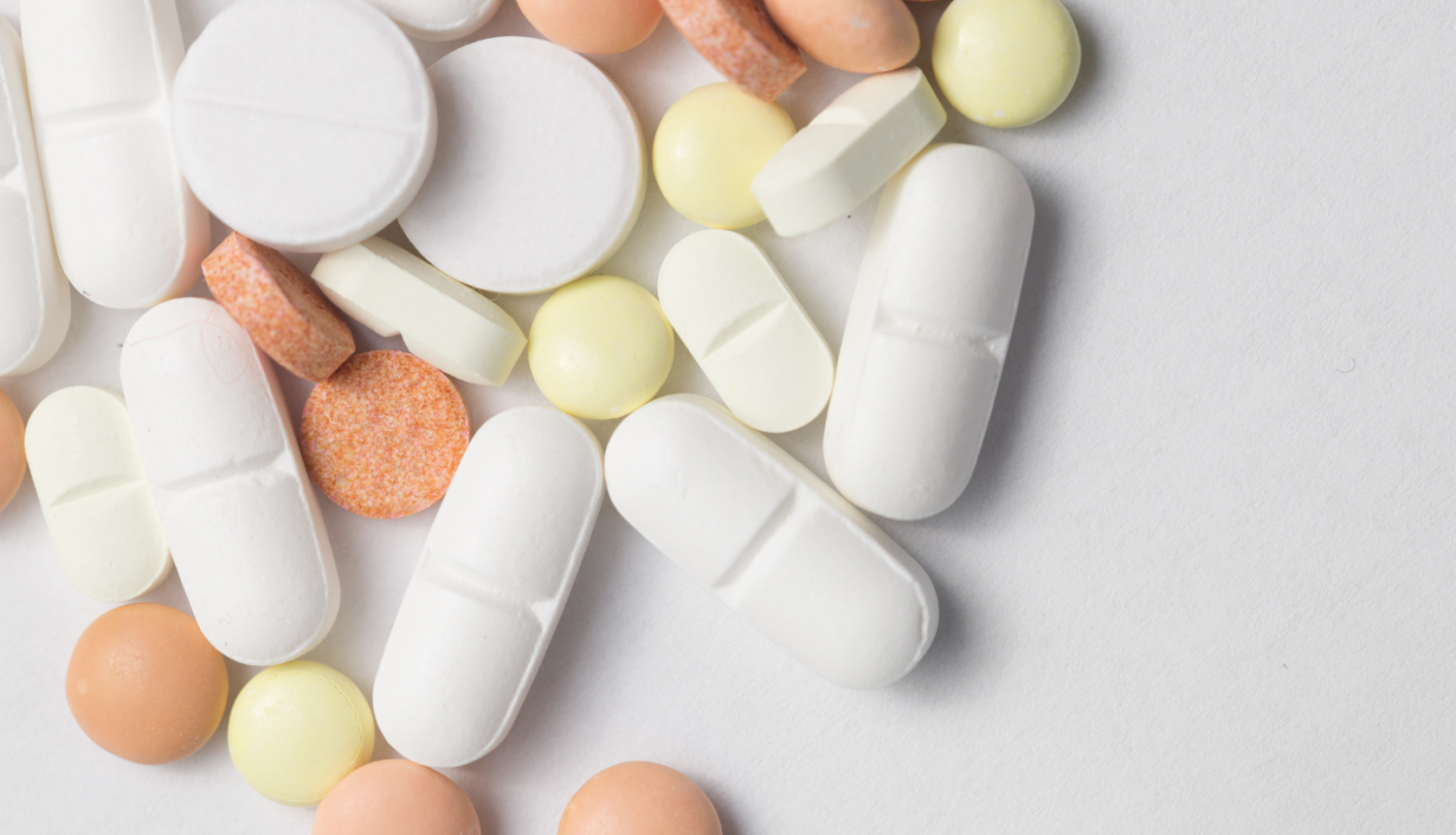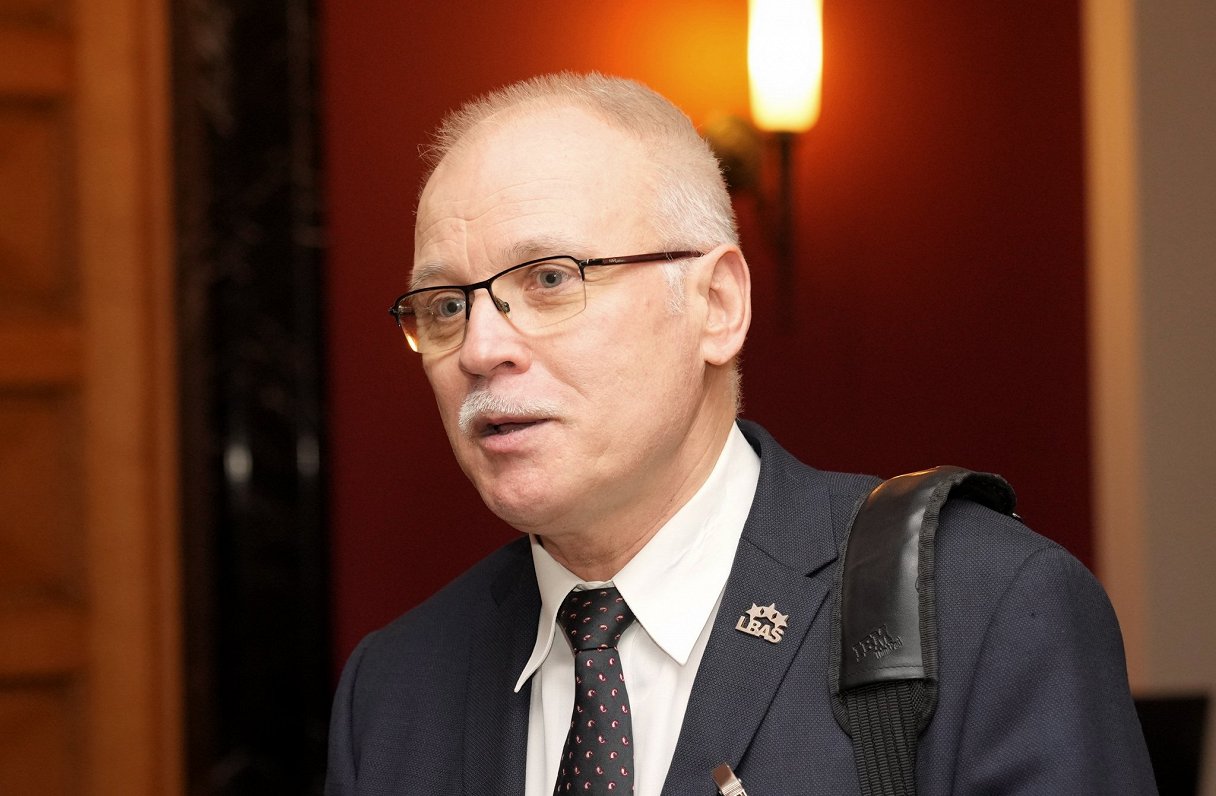The Cabinet of Ministers of Latvia approved the Public Health Guidelines 2021-2027 — a mid-term planning document guiding the development of the health care system.
Responsible institutions:
The Ministry of Health is the responsible institution for the implementation of these guidelines and for coordination of the execution, but co-responsible institutions include the Ministry of Finance, the Ministry of Justice, the Ministry of Agriculture, the Ministry of the Interior, the Ministry of Welfare, the Ministry of Economics, the Ministry of Education and Science, the Ministry of Culture, the Ministry of Environmental Protection and Regional Development and the Interdepartmental Coordination Centre.
Evaluation of implementation:
The Ministry of Health performs the mid-term evaluation of the implementation of these guidelines by 1 November 2024, and a final assessment of the implementation by 1 November 2028. The guidelines contain the expected public health policy outcomes and performance indicators. For example, it is expected that by 2027 the following should be achieved:
- increase the number of healthy life years by four years for men and by three years for women (to reach 55 years for men and 57 years for women in 2027)
- reduce the rate of potentially lost years of life by 15% (to reach 5,700 per 100,000 population in 2027)
- increase the average life expectancy of newborns by 1.8 years for men and by 1.2 years for women
Funding:
State budget funds are allocated for these guidelines and are approved by the Cabinet of Ministers as part of the annual State Budget. Total funding for the program and its breakdown by years is presented in Annex 5 of the guidelines.
Main content:
The goal of public health policy is to improve the health of the population of Latvia by extending healthy life expectancy, preventing premature mortality, and reducing health inequalities.
Action line 1 – Healthy and active lifestyle.
Action line 2 – Reducing the spread of infections.
Action line 3 – Person-centered and integrated healthcare.
- Sub-direction 3.1 – Accessibility of medicines and healthcare services.
- Sub-direction 3.2 – Coordination and continuity of healthcare services.
- Sub-direction 3.3 – Involvement of the patient and his/her family in healthcare.
Action line 4 – Human resource provision and skills development.
Action line 5 – Sustainability of healthcare, strengthening governance, efficient use of healthcare resources.
Basic Principles:
- Health is a value
- Health in all sectoral policies
- Sustainability and resilience
- Equal rights and opportunities for all
- Reducing inequality and social inclusion
- Solidarity
- Individual in a healthcare center
- Continuity and collaboration between specialists (integrated care)
- Quality, patient safety and effectiveness
- Use of knowledge, the latest technologies and industry data in the training of specialists and health care
The document has 6 annexes:
- Public health assessment (Annex 1)
- Assessment of automation and the use of artificial intelligence (AI) in the health sector (Annex 2)
- Explanation of terms used in the text (Annex 3)
- Linking the action plan and relevant policy planning documents (Annex 4)
- Additional funding required (Annex 5)
- Tasks of the public health guidelines for action (Annex 6)
***
The section of the document that is contains the healthcare financing strategy is summarized below.
Action line #5 “Sustainability of healthcare, strengthening governance, efficient use of healthcare resources” contains a Sub-goal: “Ensure the sustainability and resilience of healthcare by strengthening governance and promoting the efficient use of healthcare resources”. To achieve this sub-goal, the program defined the following nine actions:
- Improve the system for ensuring the quality of healthcare services and patient safety.
- Strengthen preparedness for action in emergency situations by establishing and maintaining the necessary material reserve system for disasters and emergency situations.
- Develop the infrastructure of medical institutions and strengthen the capacity of institutions subordinate to the Ministry of Health.
- Ensure economically justified tariffs for state-funded healthcare services.
- Promote the opening and accessibility of health data for research, research and the transfer of research results in the health sector.
- Include issues related to the sustainability and resilience of healthcare, improving governance and the quality of healthcare and patient safety in Latvian research and innovation programs.
- Promote the digital transformation of the health sector and join the European Health Data Space.
- Reduce the administrative burden on healthcare professionals.
- Develop the implementation of a results-oriented healthcare model in the provision of publicly funded healthcare services.
Further details on relevant Task and subtasks for Action line #5 can be found in Annex 6.
For example, Task 5.2 is: Improve healthcare service payment models to promote quality healthcare outcomes. Subtasks include:
- Develop health care outcome assessment and ensure the availability of indicators to the public: 1) determine the quality criteria for healthcare services, including, when carrying out strategic procurement of healthcare services, purchasing a common set of types and volumes of healthcare services, 2) develop results-based payment for healthcare services and, in cooperation with universities, professional organizations and service providers, develop and pilot service purchasing programs in which payment for services is linked to the achieved results.
- Develop a procedure for establishing tariffs for healthcare services based on economic calculations and a tariff review and implementation plan.
Task 5.3: Develop non-pharmaceutical medical technology assessment, including strengthening medical technology assessment capacity.
Task 5.4: Promote the use of generic medicines in healthcare.
Task 5.5: Expand the types of centrally purchased medicines and medical supplies, promote joint procurement between hospitals.
Task 5.6: Improve the structure of care levels of inpatient service providers, cooperation territories (re-profiling of services, quality, efficiency)
… Task 5.12: Promote the digital transformation of the health sector




